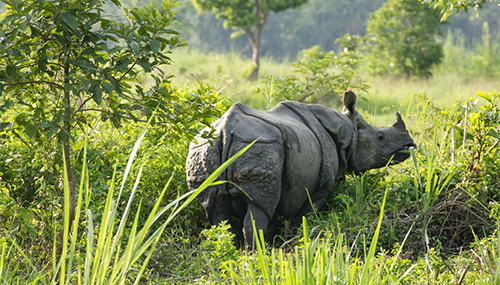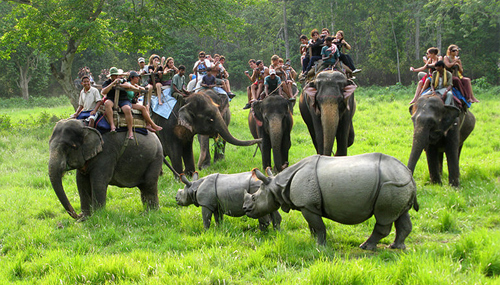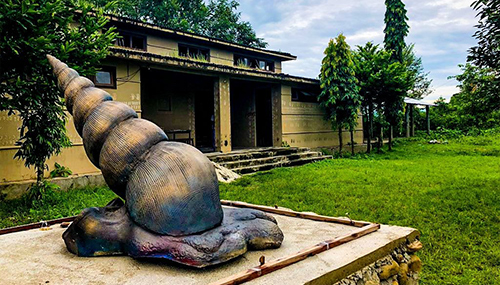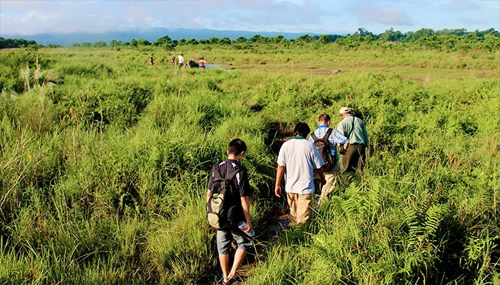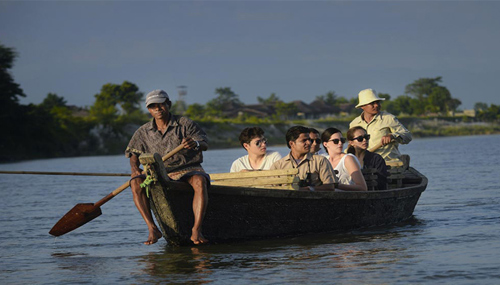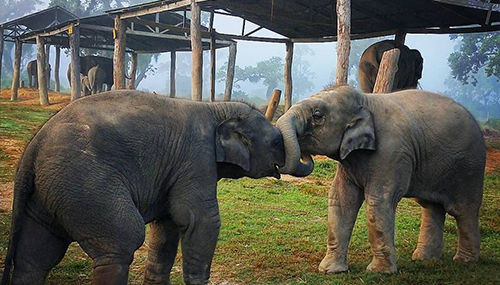Chitwan National Park
Chitwan National Park is the crown jewel of Chitwan and a UNESCO World Heritage Site. This lush sanctuary is one of the best places in the world to witness wildlife in its natural habitat. You can embark on jungle safaris to encounter rhinoceros, tigers, leopards, and a myriad of bird species. The park is also home to a unique ethnic group called the Tharu, known for their rich culture and traditions.
